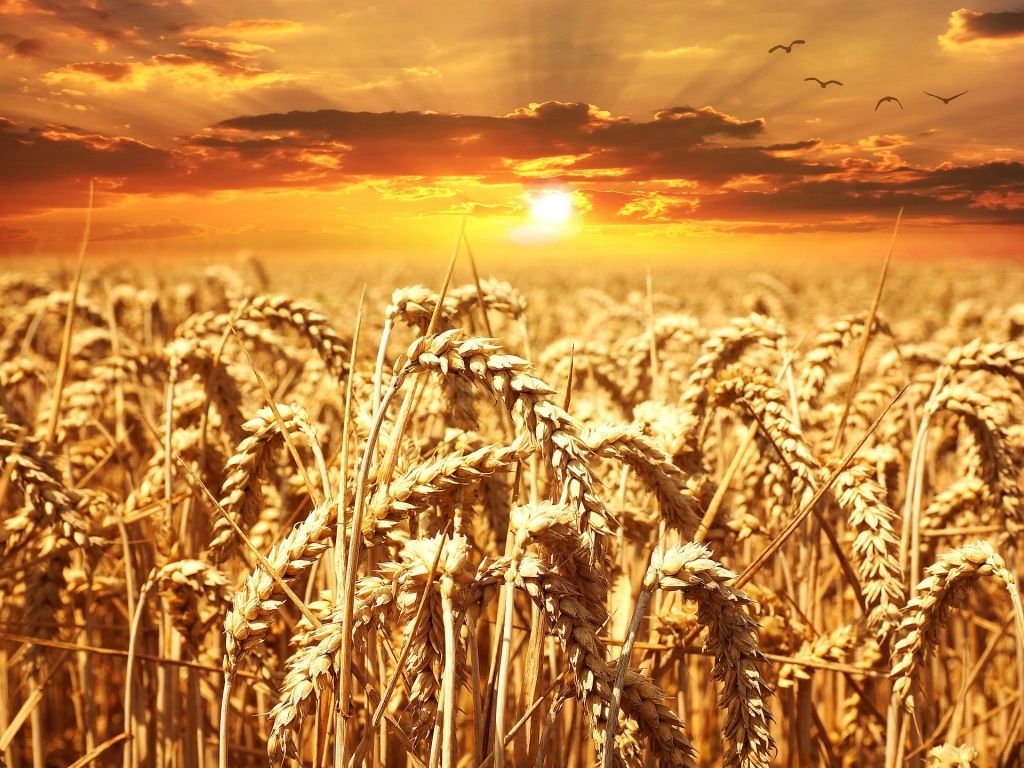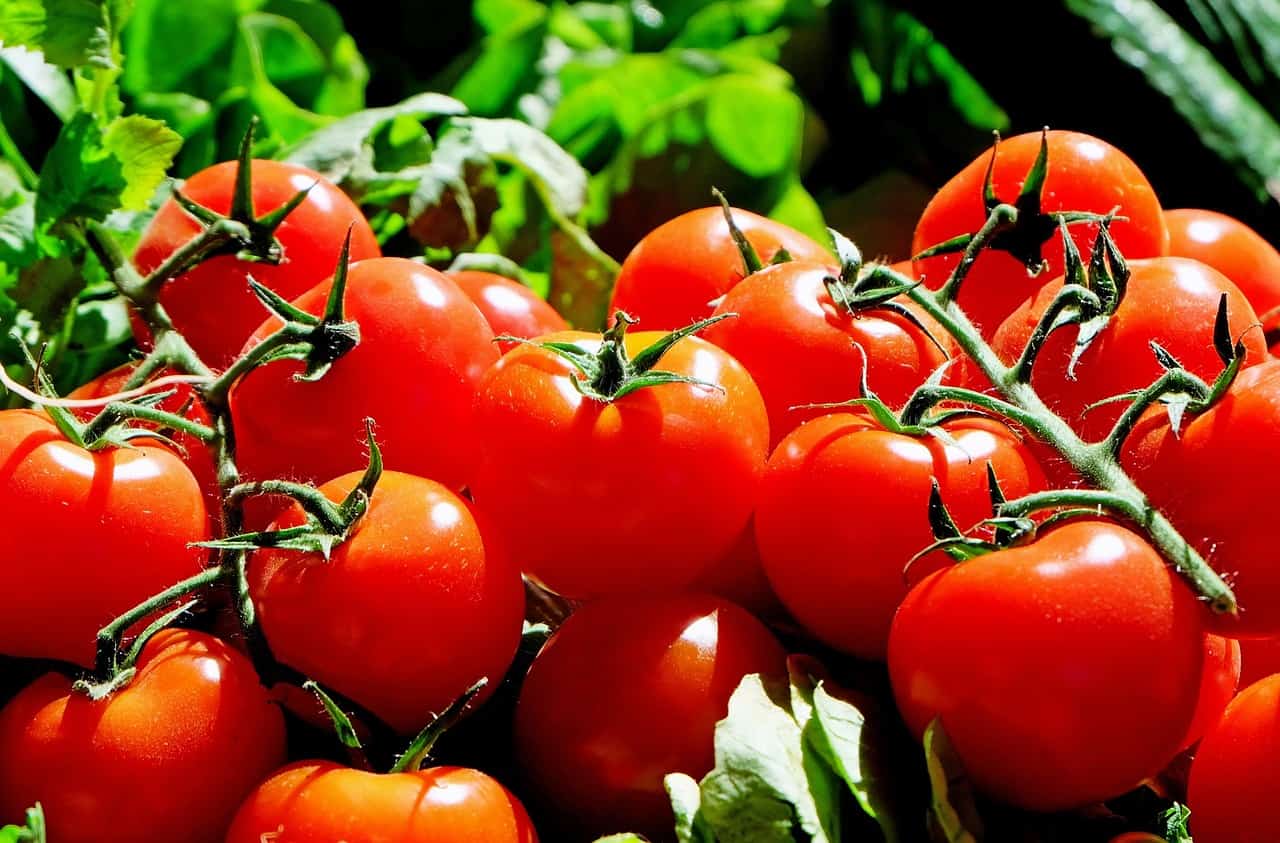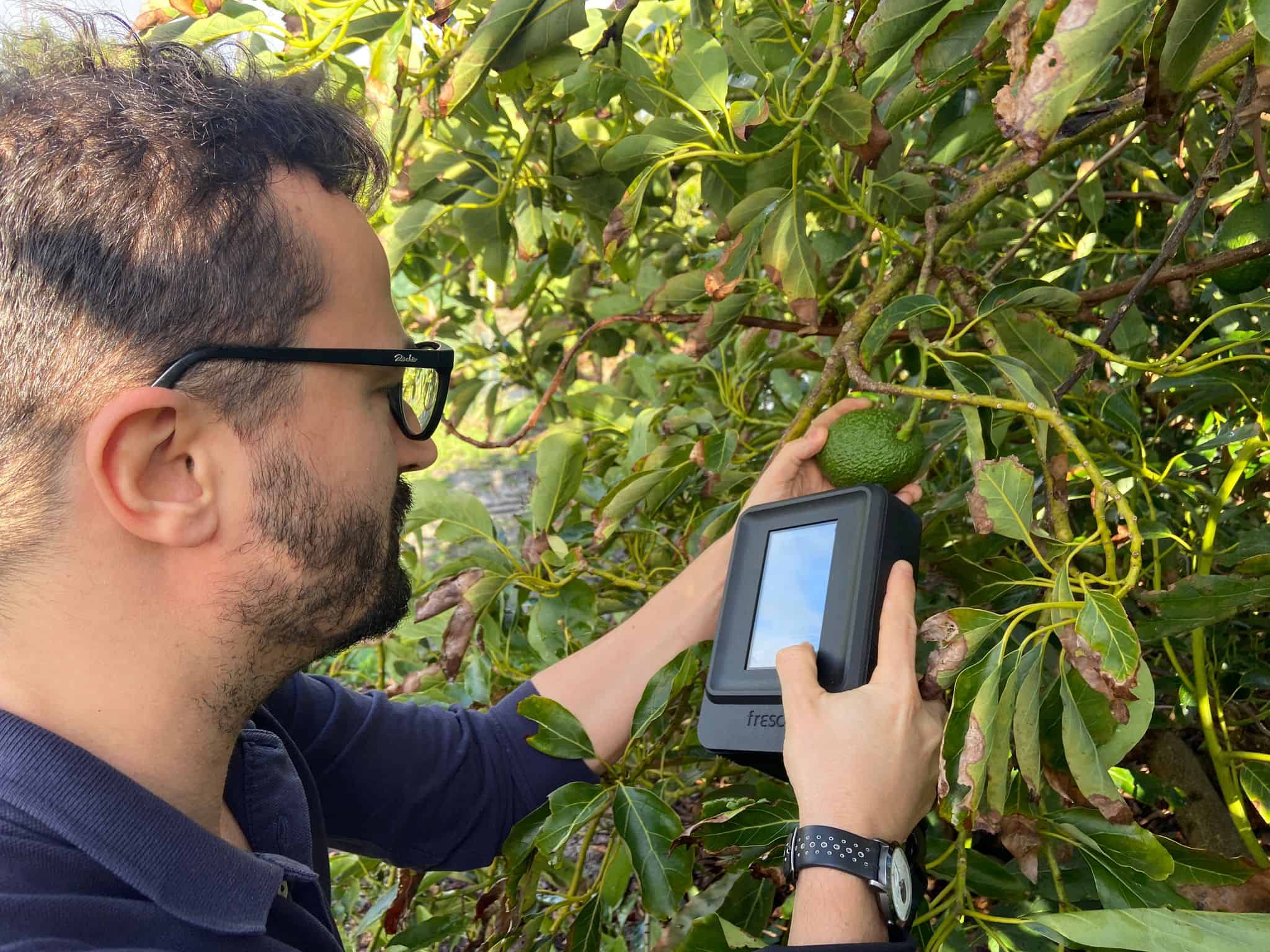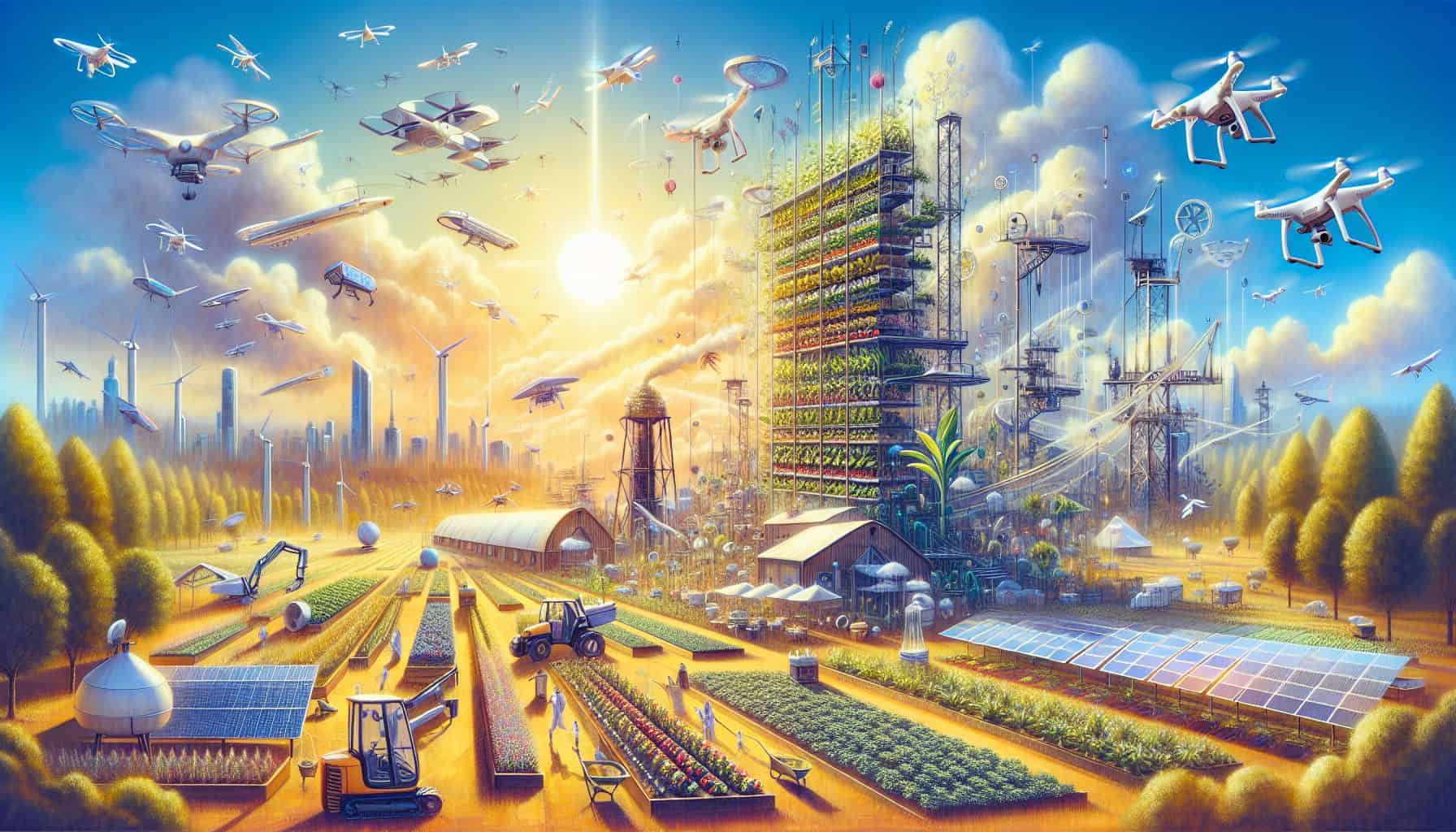
With global population projected to reach 10 billion by 2050, scientists are harnessing technology to meet the growing demand for food. While technology certainly isn’t a panacea, researchers from a range of disciplines are joining forces to address the issue of the global food supply going forward. Science institute EPFL, Switserland, explored the possibilities and the newest innovations in a recently published report.
- Different kinds of innovations could help us to feed the world population
- Amongst others, chemical compounds, robots and natural methods could be of use.
As stated by the report, researchers in Europe are developing novel approaches along the entire production chain, from seed selection, gene editing, germination and crop-growing (in fields, in greenhouses, aboveground or on urban rooftops) to harvesting, shipping, processing and packaging. Scientists are also looking at how we can better care for plants through a combination of chemical compounds, robots and natural methods. Some R&D centers are even studying ways we can grow food either synthetically or by revamping existing biological processes like dry fermentation.
High-tech seeds
One crucial aspect of this agricultural revolution is the transformation of seed selection and crop-growing methods. While modern grain varieties are productive, they often have a lower nutritional value than their ancient counterparts. This has led researchers to develop a renewed interest in old grain varieties, which can be a valuable source of nutrition. At the same time, advancements in gene editing technology are enabling scientists to create hardier, more nutritionally rich crops.
Not only does this approach promise higher nutritional yield, but it also has the added benefit of preserving biodiversity. By reintroducing ancient grains into the farming mix, we can ensure a diverse array of crops, which is critical for the resilience of our food system in the face of climatic changes.

From intensive to sustainable
Intensive farming, while effective in producing large amounts of food, often exacerbates problems of hunger and biodiversity loss, says the report. Therefore, a shift towards more sustainable farming methods is necessary. Traditional farming practices, such as crop rotation and organic composting, can help increase yields while also capturing carbon, thereby serving a dual purpose of feeding the population and mitigating climate change.
In addition, new farming methods are being tested out in various initiatives in Israel and Europe, where scientists and farmers come together to experiment with new technologies and sustainable farming techniques.
Revamping diets and reducing waste
Beyond technological and farming innovations, addressing the global food supply issue also requires a holistic approach that takes into account our dietary habits. Excessive meat consumption not only contributes to global carbon emissions but also puts pressure on our food supply system. Consequently, sustainable diets, which involve a reduction in meat consumption and an increase in plant-based foods, are being promoted as a key part of the solution.
Additionally, tackling food waste is another essential step towards a more sustainable food system. By reducing waste, we can ensure that more of the food produced actually reaches the people who need it, therefore contributing to the goal of feeding 10 billion people by 2050.








